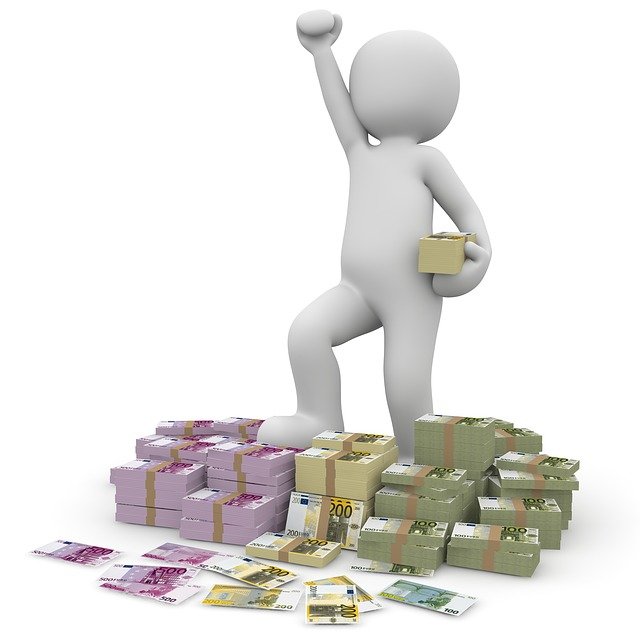The economy is probably headed toward a recession. No, it’s actually booming again.
Inflation is plummeting. No, it has started rising again.
If you find the cacophony of economic indicators to be confusing, don’t feel bad. It is confusing. Some numbers point in one direction, while others point in the opposite. Partisans from both political parties have an interest in promoting one type of news and downplaying the other.
Yesterday’s inflation report added to the muddle. Inflation — a major concern for many families and already a 2024 campaign issue — has been falling for the past year and half. Americans’ economic mood has improved slightly as a result. But the numbers released yesterday showed inflation to be higher than forecasters had expected. In response, the S&P 500 index fell 1.4 percent, its second-biggest daily decline this year.
In today’s newsletter, I’ll give you a framework for thinking about the state of the U.S. economy by describing the four main phases of the past several years. I can’t tell you what will happen next, but I do think the picture is simpler than the swirl of economic indicators sometimes suggests.
1. The pre-Covid boom
The American economy has been disappointing for much of the past half-century. Income and wealth growth has been slow for most families, and inequality has soared. Perhaps the starkest sign of the problems: Life expectancy in the U.S. is now lower than in any other high-income country, and it isn’t especially close.
Still, there have been a few brief periods when the economy has boomed. One of them began late in Barack Obama’s presidency and continued during Donald Trump’s term. The country finally emerged from its hangover after the housing crash, as businesses expanded and consumers spent more.

